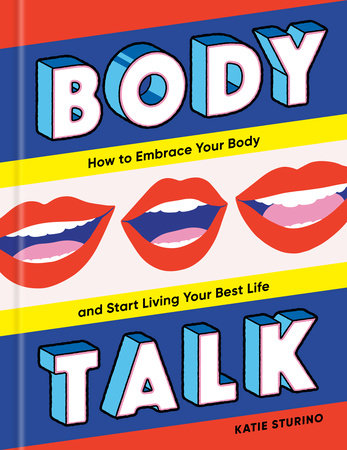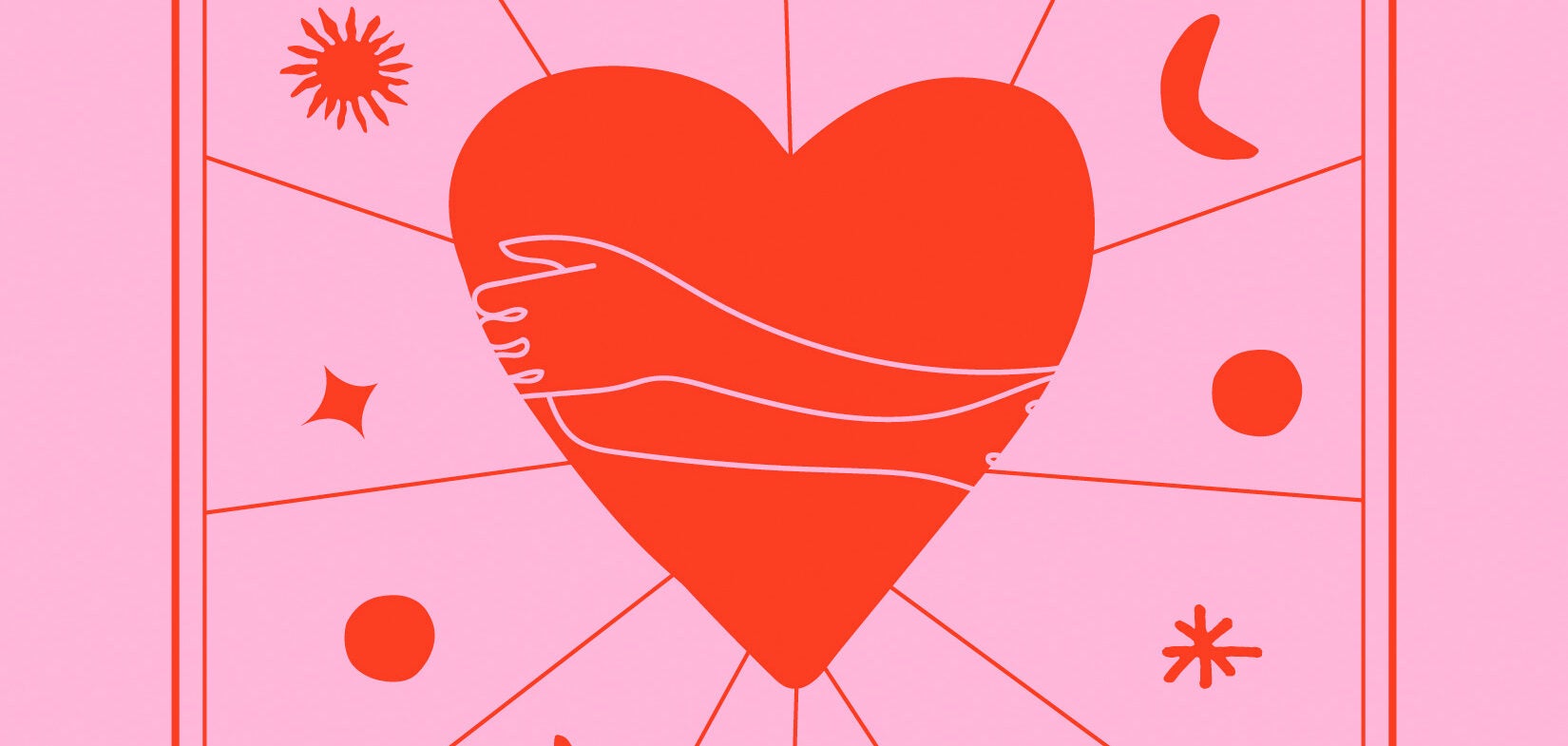I didn’t always think being big was a bad thing. Until I went to kindergarten, I was encouraged to “eat up” and grow big and strong. I was barely aware of my body beyond its most basic elements (head, shoulders, knees, and toes, knees and toes). So long as I could run around barefoot in my fish-printed swimsuit and cartwheel for hours on the front lawn, I was happy. My body was just along for whatever ride I wanted to go on.
I started to become aware of my body, its bigness, and the so-called problem with its bigness only when others began pointing it out to me. At five years old, I was voted “Heaviest Kid” in class after my peers and I were weighed (literally weighed, like on a scale in front of everyone) in part of some sort of deranged school-superlative activity. That same year, my gymnastics coach told my mom I was too big for the sport. When I was seven, my doctor put me on a diet.
At age nine, I had to wear my soccer coach’s jersey during games because the uniform company didn’t make my size—which, in terms of humiliation level, is the wearable athletic equipment equivalent of accidentally calling a teacher “Mommy” in front of the whole class. My elderly female neighbor commented on my “developing figure” when I was ten. A year later, the boys in my class began commenting on it, too.
It was disorienting to learn that I didn’t just have a body—in the eyes of others, I WAS my body.
It defined me. It was even more disorienting to learn that my body (and therefore I) wasn’t considered the “right” size or shape. Shame began eating away at my confidence as I began to realize my body wasn’t considered normal, and in one way or another, it was being judged.
I’ve always felt like the biggest person in the room. I felt ashamed of that fact until I was thirty-three. Growing up (in Wisconsin—go Badgers!), I had plenty of wonderful, supportive people in my life. I am lucky to have parents who raised me with the kindness, enthusiasm, love, and care one might typically bestow upon a baby rescue animal before releasing it into the wild. But a lot of people in my life—phenomenal humans that they were and are—unintentionally reinforced the very insecurities I was developing. For all the love and wisdom I received, no one ever said to me, “Your size does not determine your worth” or “When you grow up, you do not have to look like the women you see on TV to be successful.” No one said, “You’re just a kid” or even “What matters is who you are, not what size you are.”
It’s no one’s fault they didn’t say these things to me. I blame long-standing Societal Beauty Standards, but that’s another story for another page (page 137, to be exact). And while I can’t help but think about how different my relationship with my own body growing up would have been if someone had just said, “There is nothing wrong with you,” in 2015, I learned to say it to myself. And then everything changed.
My life used to revolve around three different worlds: my clients, my ex-husband, and my dogs. I ran my own public relations company, where my daily goal was to uplift and champion my clients. In my off-hours, however, I rarely uplifted or championed myself. Because my self-esteem was so low, and I was used to it being so low, I found it a lot safer to raise everyone else’s star instead of mine. Though I ran my own business, promoting my then-husband’s burgeoning career took priority and the majority of my focus. And my beloved dog, Toast, who is no longer with us but will forever bark at the doorbell of my heart—well, she was a canine celebrity, which made me her manager, or her dogager, as I called myself ( . . . as a joke, but also I was dead serious).
A big part of Toast’s career was dedicated to animal rescue. Through her Instagram account, media presence, and event appearances, Toast helped to raise awareness about the horrors of puppy mills and encouraged animal lovers to “adopt, don’t shop.” Whenever people would say to me “What you do for animals is so amazing,” I’d correct them: “Well, it’s all Toast.” It was all Toast! After all, people didn’t show up to charity events to see me. I wasn’t the cute rescue Cavalier King Charles Spaniel with a silky chestnut coat, no teeth, the disposition of a calm angel, and a lovely, permanently lolling tongue! And why would anyone ever want to hear from me, anyway? Even to myself, I was no one.
My self-perception began to shift shortly after I accompanied Toast to a video shoot for a fashion blog called Man Repeller. As usual, Toast was there to be an adorable, front-and-center star.
I was there to manage (dogage) her affairs behind the scenes. While watching Toast do her thing, I got to talking with a woman named Amelia Diamond, a writer for Man Repeller at the time (who has since become a lifelong friend—aw!). We bonded right away because of our shared sense of humor and mutual recognition that we have identical foreheads. There was such an immediate comfort between us that I allowed myself to push out a small, secret wish (did you think I was about to say “fart”?): I told her that I wanted to be photographed for the site. Me! A woman who had never fit into her chosen industry, literally and metaphorically—who never felt she could “pull off” certain styles she always secretly wanted to try.
When you’re used to pushing for the success of others but never for yourself, you almost can’t believe it when you do take a flier, promote yourself, and receive back a giant “Yes!” like the one Amelia gave me. After it registered that she had in fact said yes, my internal reaction was “What have I done?” I had to actually be photographed? In clothes? With my rolls and chub and jiggle and flub threatening to ruin the shoot?
I was so uncomfortable in front of the camera on the day of—“Do I have a double chin? Do I look like I don’t belong? Do I look enormous? What about now? Now do I have a double chin???”— that the team had to distract me with tactics usually reserved for crying toddlers on Santa’s lap. I felt like a clumsy bear in a tutu. But when the article was published, the comments told a different story. Readers were thrilled to see a body that looked like mine. A body that looked like theirs! In cool clothes!! On a fashion blog that I had long read for my own style inspiration!!! It was my big aha moment, my “Eureka!” A switch flipped and the light turned on: My body was not, and is not, the problem.
My body was NOT, and is NOT, the PROBLEM?! Holy. Shit.
That realization, paired with the commenters’ enthusiasm, gave me the courage I needed to launch an Instagram account that would pass the message on to other women. I called it The 12ish Style because I wore a size 12-ish at the time, but I had no idea that as my weight began to rise, I’d learn to accept my body as I never had before and would eventually speak about body acceptance
of all kinds to an audience of women who came in all shapes and sizes. Shortly after the Instagram account began taking off, I created a blog to give myself more room to dive deeper into the topics I cared about. Writing about how hard it was to find cool jeans that fit me led me to larger conversations about the lack of size representation in fashion, retail, the media, and pop culture. The deeper I dove, the louder my new internal mantra became: MY BODY IS NOT THE PROBLEM.
Copyright © 2021 by Katie Sturino. All rights reserved. No part of this excerpt may be reproduced or reprinted without permission in writing from the publisher.








